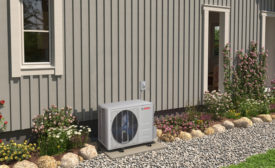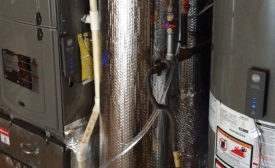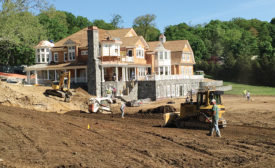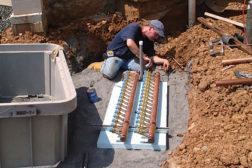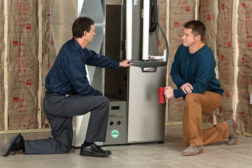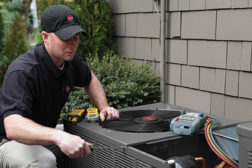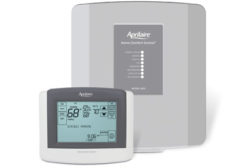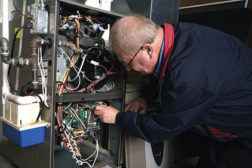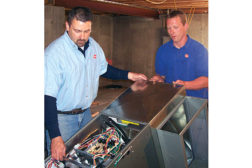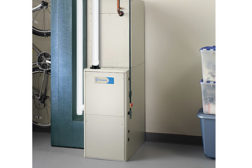Home » high-end HVAC
Articles Tagged with ''high-end HVAC''
High-end Systems in Luxury Homes
Owners expect comfort, aesthetics, and extreme efficiency from equipment
Read More
Mega Homes Require Thought, Planning
Large House Projects Present Challenges and Opportunities, Offer Grand Return on Investment
Read More
Building a Dream HVAC System
When Money is No Object, High-End HVAC Equipment Fits the Bill
Read More
Copyright ©2025. All Rights Reserved BNP Media.
Design, CMS, Hosting & Web Development :: ePublishing
